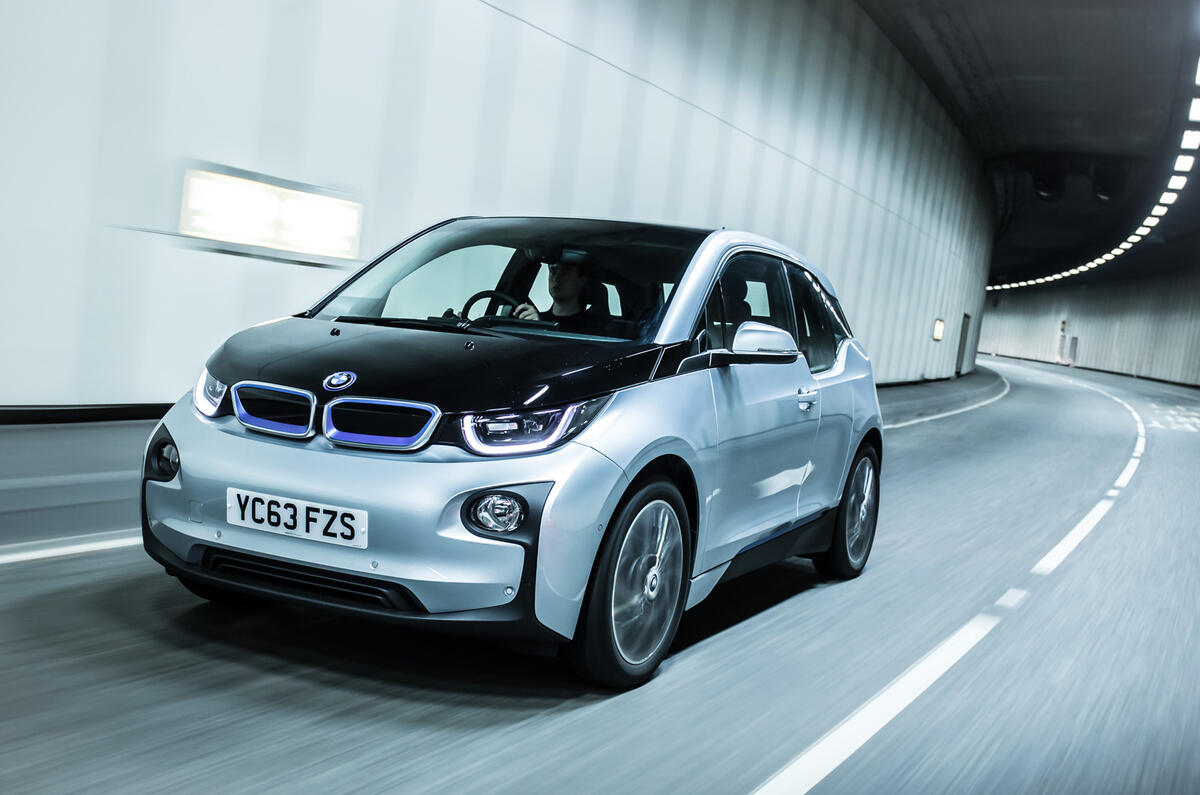The seven-model shortlist for Car of the Year 2014 – just revealed – combines adventurous choices and predictability in almost equal measure.
Undoubtedly the most eye-catching finalist, chosen by the competition’s 58 jurors from 22 European countries, is the rule-breaking Tesla Model S, an American-built (though European finished) battery-electric car whose early reviews — not least our own — have been almost universally positive, but whose backing company nevertheless lacks the proven dependability of almost ever other brand in the competition. Jurors have clearly been impressed by the car’s BMW-like driving virtues, plus its great looks and technical promise, and have been prepared to take the claims of its impressive founder, engineer-billionaire Elon Musk, on trust.
Also firmly in the new technology camp is the BMW i3 “efficiency” hatchback, available either as a pure battery machine with an 80-100 mile pure-electric range, or with a range-extending generator engine and a nine-litre fuel tank that doubles its range. Both versions are doing what hybrids and electric cars have so far failed to achieve: invest the economy breed with decent, old-fashioned desirability.
You’d never class the Mercedes S-class as an economy car, though in most versions efficiency most definitely comes with the luxury. And like flagship Mercs back through the generations, this latest edition succeeds in establishing new standards for quality, refinement, agility-with-size, economy-with-size and just about every other worthwhile big-car standard.
By comparison, the neat-looking and nicely built Mazda 3 isn’t likely to create many headlines (though it’ll draw more buyers) and the chief reason for the inclusion of the Peugeot 308 must surely be its much improved styling, and its especially good interior design and quality.
Both qualities rather negate those of the worthy-but-dowdy Skoda Octavia, which wins inclusion for its packaging, its value and the superb reputation of the brand as a reliable, depreciation-saving ownership proposition. Which only leaves Citroën’s excellent C4 Picasso, an exception in the school-run people-mover stakes because of its sparkling design inside and out, its configurability, its surprising space and its manufacturing quality, now close to German standards.








Join the debate
Add your comment
COTY 2014
However if there is a major green lobby then the i3 (despite its hideousness) is the likely winner.
After all it would never do if anything genuinely special/interesting/ground-breaking were to win would it?
German manufacturing quality?
Awesome